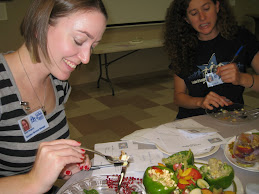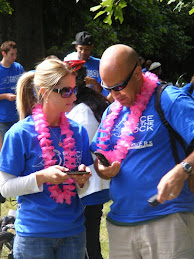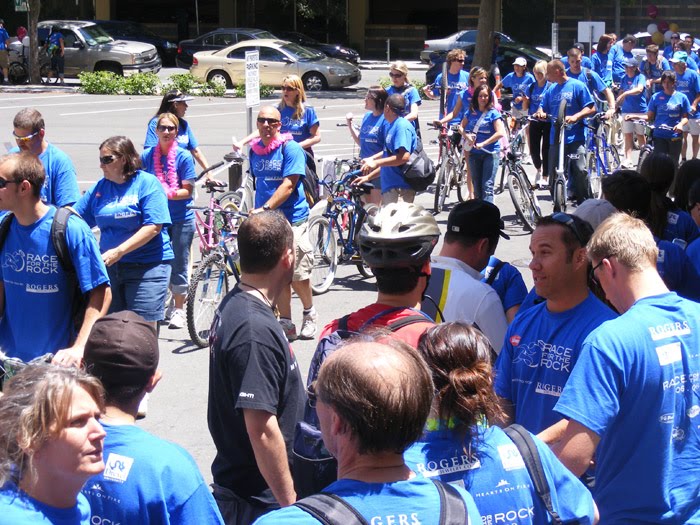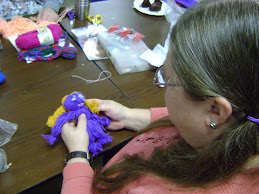My name is Deborah and I am the Sacramento Municipal
Utility Department (SMUD) EnergyHELP Representative at Sacramento Food Bank
& Family Services (SFBFS). I have held
this position for a little over five years and have had the opportunity to help
thousands of people.
SMUD and SFBFS have been partners in the SMUD
EnergyHELP Program for over 13 years. This service helps people who are in
jeopardy of having their energy disconnected. A one-time payment ranging from $100
- $200 is credited to the person who qualifies for the program. The individuals selected for the program are chosen
by SMUD through a random lottery selection when the disconnection notices are
sent out. From the date they are
selected, the individual has five days to come to SFBFS for an
appointment. At the appointment, they
must bring their SMUD bill and proof of income to qualify for this
service.
I look forward to the years to come in helping
those less fortunate than myself. The people I help are all kinds of minorities
and different ages, which make my job even more interesting. I have heard their
stories, cried with them and laughed with them. I am so proud of my job here at
Sacramento Food Bank & Family Services.
Photo by SMUD
Submitted by Deborah DeCuir, SMUD EnergyHELP Representative at Sacramento Food Bank & Family Services.






